S2 - Industrious - Inputs
The ‘industrious’ scenario provides rotavirus emissions on an average day for approximately the year 2030 in a scenario in which population increases and a much larger percentage of the population is connected to a sewer and the focus will be on conventional treatment systems, rather than ponds.
-
Rotavirus incidence is constant over the country and the same as in 2015.
-
Urban and rural population increases by 58%, according to ... Dan?.
-
Use of sanitation types (fraction of the population connected to a sewer or practicing open defecation) changes strongly compared to 2015. A much larger fraction of the population will be connected to a sewer, in particular in urban areas. Open defecation will reduce, but still be present.
-
The focus is mostly on conventional treatment systems. The fraction of waste treated by stabilisation ponds reduces and the fraction that receives primary, secondary and sometimes even tertiary treatment increases. Some waste is still not treated. Treatment efficiency for specific systems does not improve.
추가 정보
| 필드 | 값 |
|---|---|
| 마지막으로 업데이트된 데이터 | 5월 6, 2020 |
| 마지막으로 업데이트된 메타데이터 | 5월 6, 2020 |
| 생성됨 | 5월 6, 2020 |
| 포맷 | text/csv |
| 라이센스 | License not specified |
| created | 5 년전 |
| format | CSV |
| has views | True |
| id | 94ebd668-9386-42cd-b12c-0b9da9094a2d |
| last modified | 5 년전 |
| mimetype | text/csv |
| on same domain | True |
| package id | ff9f764b-2fb7-4dbc-80e6-85d76cee3bb2 |
| position | 6 |
| revision id | 93397027-4405-49b2-accb-55b68a5a2b16 |
| size | 16.3 KiB |
| state | active |
| url type | upload |
